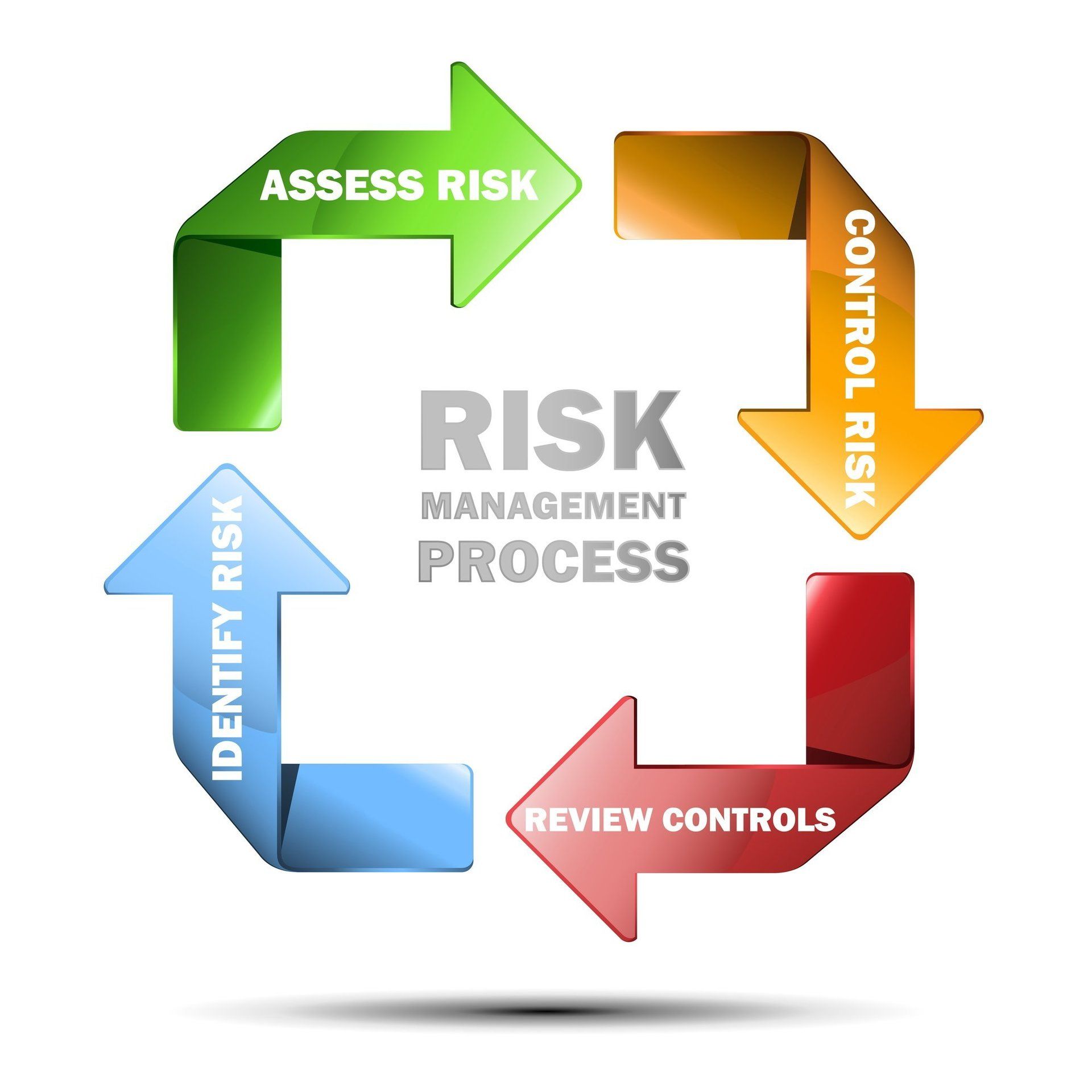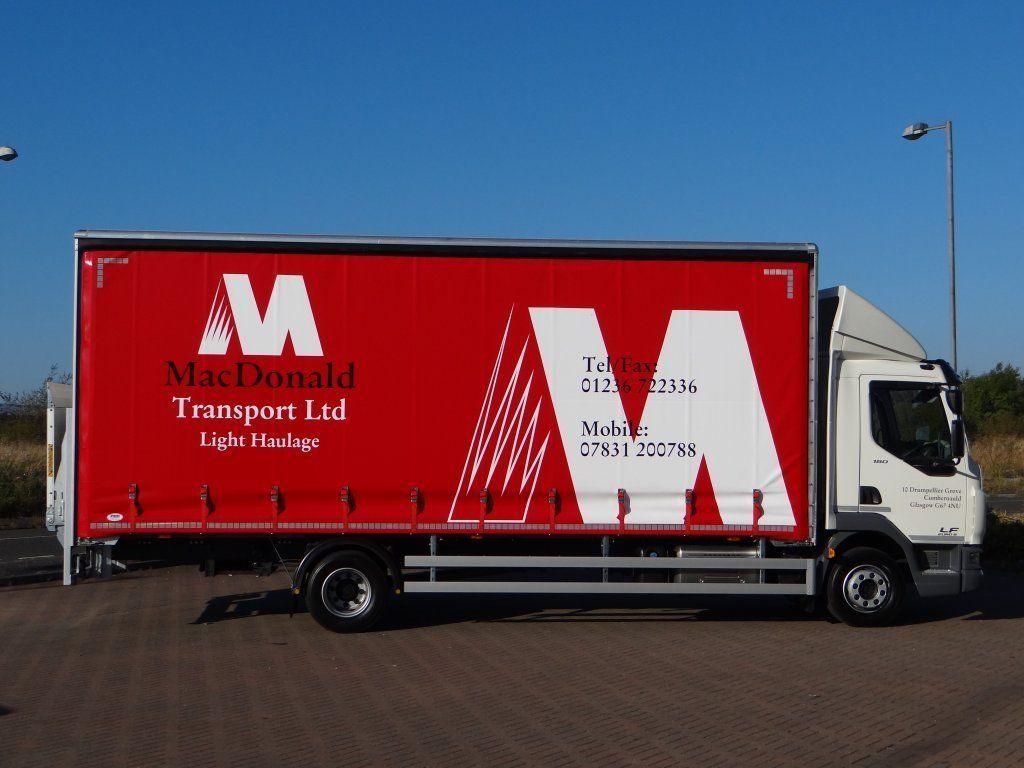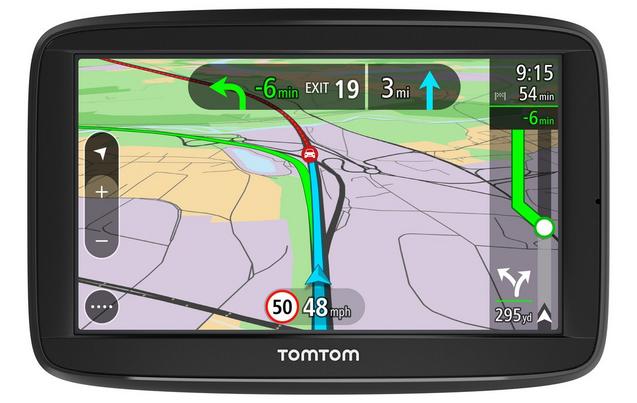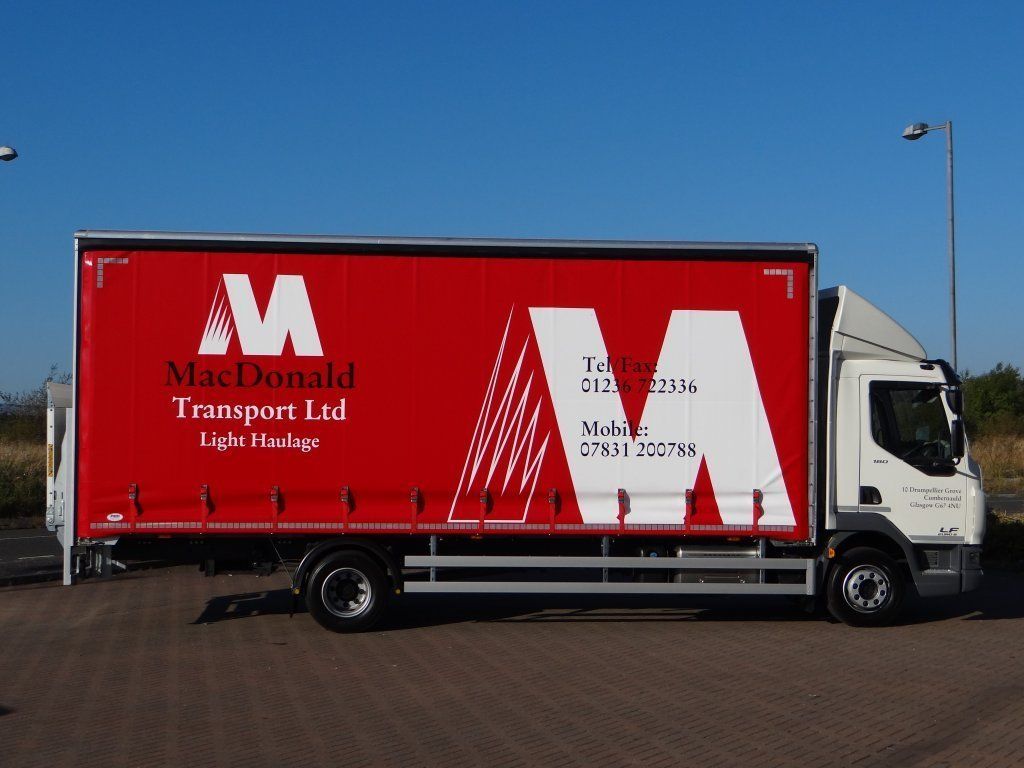Knowing Your Limits
- By Eve MacDonald
- •
- 19 Jan, 2018
- •
Most of us love to indulge at this time of year and that means enjoying a few drinks, but it’s so important that we all know our limits when it comes to driving.

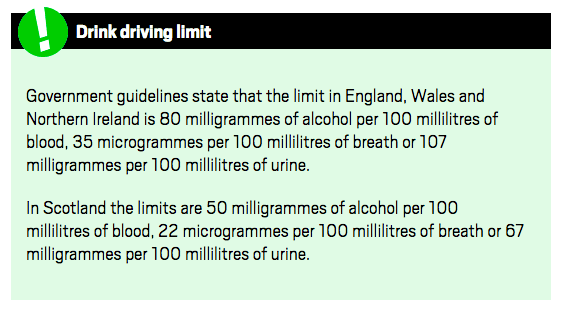
When can I drive after drinking?
According to Drinkaware, the body’s liver is able to remove approximately one unit of alcohol per hour from the bloodstream. From a driver’s perspective how much alcohol in their bloodstream the morning after drinking depends on numerous factors such as: the amount of alcohol consumed; over what period of time; and the ability of an individual’s body to metabolise the alcohol.
However, Drinkaware warn that if you are drinking until very late at night and have to wake up early, your body will still have several units in your body as you can only process a unit of alcohol an hour. Sleep has no effect on the body’s ability to process alcohol too.
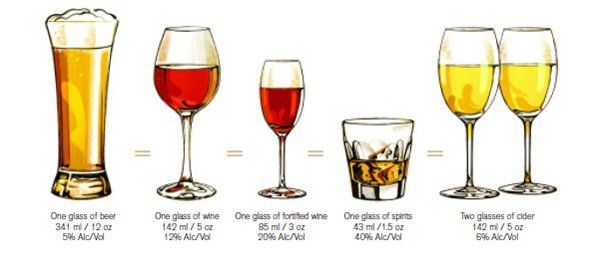
So, if you’re not taking part in 'Dry January' this month, remember to check your limits before you get behind the wheel!

We’re urging everyone to read FTA’s
HGV driving safety tips for snow and icy conditions:
- Allow more time for your journey
- Obtain weather information before you set off and keep up to date with changing conditions and closed routes via the radio or by regularly calling into base (you can also see our traffic alerts and weather alerts)
- In snowy or freezing conditions, carry in the cab: a shovel; a couple of strong sacks (to put under the drive wheels if the vehicle becomes stuck); warm clothes and a blanket; a torch, food and a warm drink in a flask; a road atlas; a mobile phone and charger; and sunglasses (the glare from snow can be dazzling)
- Ensure the whole of your vehicle (especially your windscreen and mirrors) is cleared of ice and snow before attempting to move off
- Lower your speed and keep a good distance from other vehicles – allow ten times the normal stopping distances on icy roads
- Allow for the fact other drivers may get into difficulties
- All braking must be gentle and over much longer distances, especially when driving articulated vehicles or those with a trailer attached
- Avoid any sudden braking, steering or acceleration
- Falling snow can reduce visibility dramatically, use dipped headlights and reduce your speed
- Road markings and traffic signs can be obscured by snow. Take extra care at junctions
- In prolonged periods of snow, the fixing of snow chains or snow socks to driven wheels can prove to be of value
- Don’t attempt to overtake a snow plough or vehicle spreading salt, unless you are sure the road is clear and the conditions allow it to be done safely
- When driving at night, be alert for a drop in temperature. If the steering feels light, you may be driving on ice, so ease your speed as soon as it is safe to do so
- If your vehicle becomes stuck in deep snow, engage the diff-lock (if one is fitted) to regain forward traction – but remember to switch it off as soon as the vehicle is moving and before attempting a turn. Alternatively, use the highest gear you can to improve traction. Then try alternating between reverse and the forward gear until forward motion is possible. Avoid continual revving in a low gear, which could lead to the drive wheel digging a deeper rut
- When operating independent retarders, take care when going downhill in snow. The retarders could cause the rear wheels to lock, although some retarders are managed by ABS to help avoid this problem
Contact us
We will get back to you as soon as possible
Please try again later


